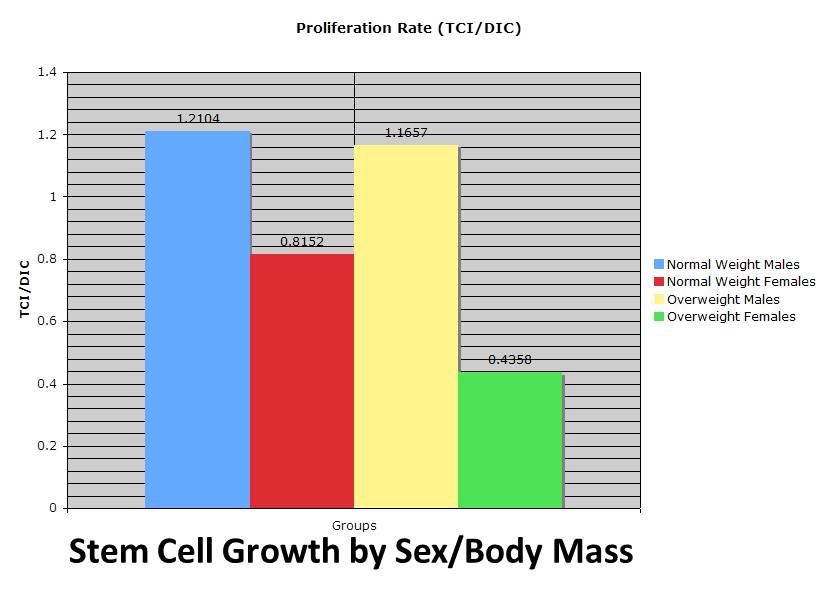Why do Women have More Problems with Rotator Cuff Surgery?
Interesting study out this week on women and rotator cuff shoulder surgery. In this study, women were found to have more pain and disability after rotator cuff surgery than men. The question is, why? Rotator cuff healing ability or time would depend on a few different things. First, size of the rotator cuff tear and other factors such as prior surgery. In this study, these things weren’t significantly different between women and men. There are another set of factors that are very important for proper rotator cuff healing-the local healing environment. One of the big players in this healing of rotator cuff tears is of course what affects all healing in the body-adult stem cells (see our medical practice’s book, Orthopedics 2.0 for more discussion on stem cells and healing). With our culture experience from the Regenexx-C stem cell procedure, when we analyzed our data, we did see differences in the stem cells of women and men (see graph above-the higher the bar the better the stem cells grew).
While these differences weren’t significantly different for normal-weight men and women (blue and red bars above-there is a difference, but this is not statistically significant), they became much more pronounced with heavier women (green bar above). What’s interesting is that normal-weight men and heavier men didn’t have this same type of steep drop-off in stem cell activity (blue vs. yellow bars above).
The good news for heavier women is that in our procedure, this less robust stem cell growth didn’t seem to translate into a poorer treatment outcome. This may be because the Regenexx-C procedure can get so many more stem cells to the area when compared to the numbers involved in normal healing-essentially overwhelming the area.
Why would heavy women in particular have adult stem cells that don’t grow as well? One significant reason may be hyperinsulinism and metabolic syndrome, which clearly have negative impacts at a cellular level. For example, we know that in rotator cuff repair surgery, bone and tendon healing is impaired if the patient is diabetic. We also know that patients with metabolic syndrome are “diabetics in training”, meaning that even though their blood work doesn’t yet define them yet as diabetic, they’re in the early stages of the disease progression. If you have plans for rotator cuff surgery and are female, what can you do to increase your chances of healing? First, if you’re overweight, definitely consider going on a strict low glycemic diet before surgery (see #2-diet recommendations in the top 10 causes of cartilage loss list). A good way to follow your progress here would be to have your doctor measure and monitor your HBA1c, a measure of long-term blood sugar control. Second, in our opinion, many rotator cuff tears can be treated through a stem cell rotator cuff surgery alternative without the need for surgery. Using this method, we see less significant differences in outcome between men and women through injection, even though there does seem to be a difference in stem cell activity.

If you have questions or comments about this blog post, please email us at [email protected]
NOTE: This blog post provides general information to help the reader better understand regenerative medicine, musculoskeletal health, and related subjects. All content provided in this blog, website, or any linked materials, including text, graphics, images, patient profiles, outcomes, and information, are not intended and should not be considered or used as a substitute for medical advice, diagnosis, or treatment. Please always consult with a professional and certified healthcare provider to discuss if a treatment is right for you.
